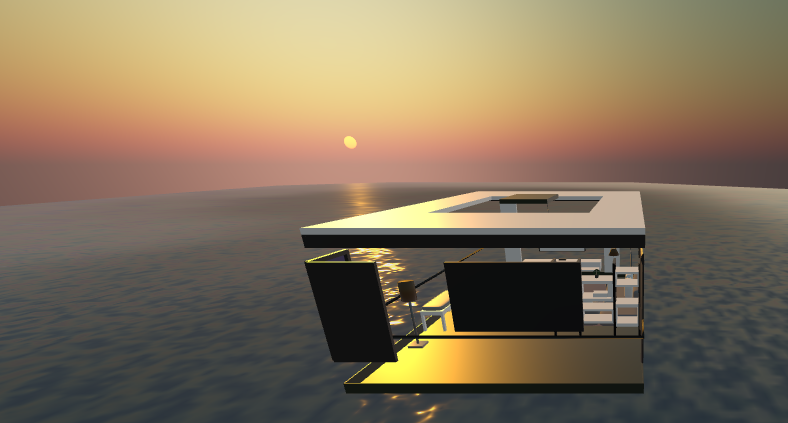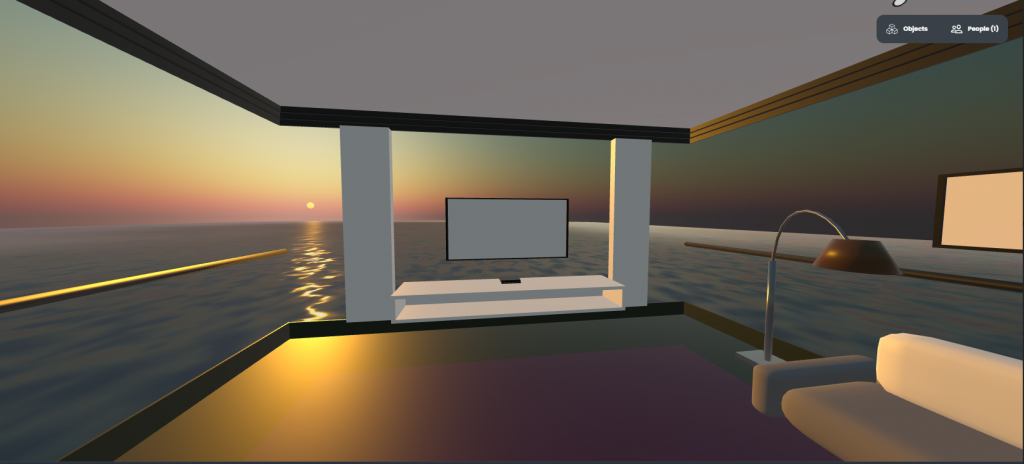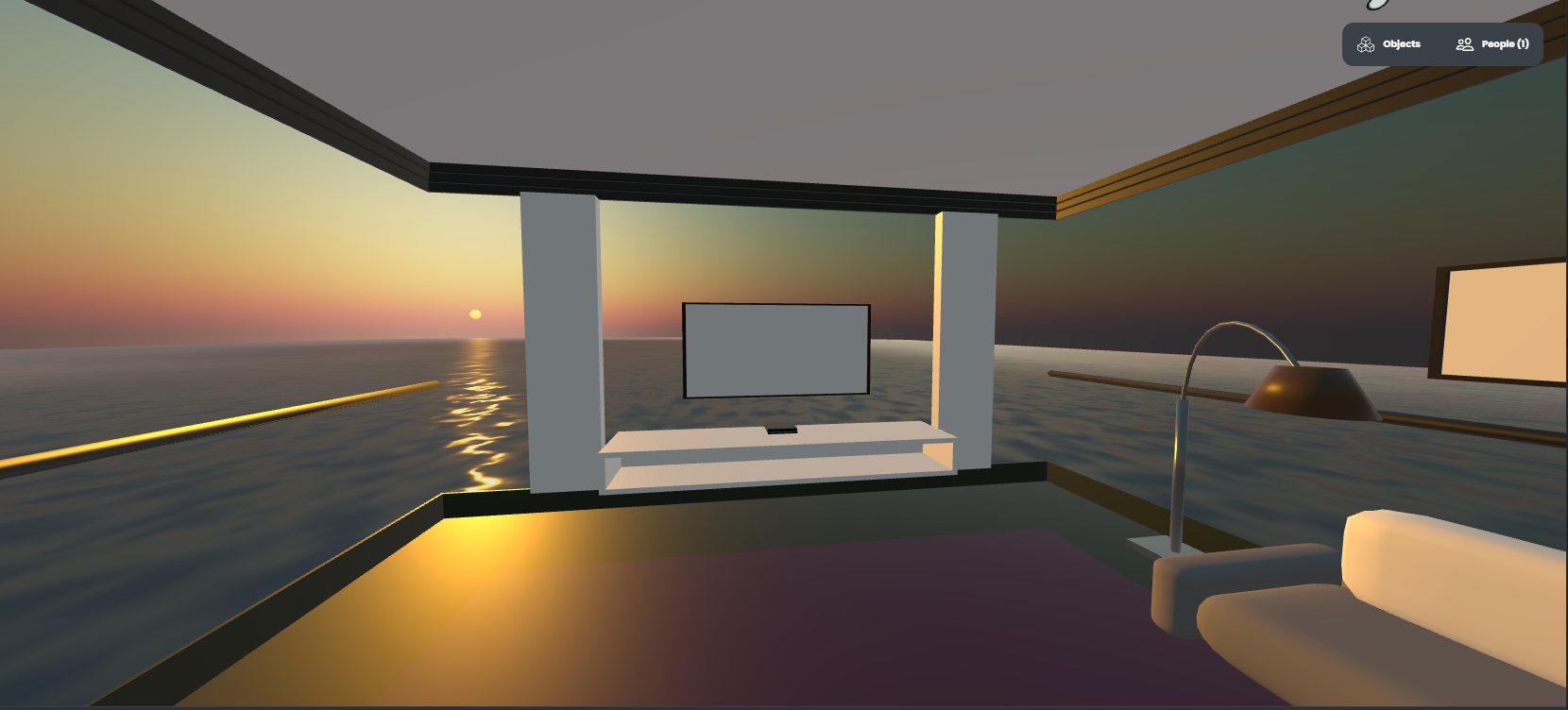Build a Virtual Office in the Metaverse


Visit my virtual office here
Well I say WebXR is the future. And hopefully anonymously hosted via distributed filesystems sharded out across billions of ARM devices strapped to peoples faces.
We can already see a time when AR is common, QR codes and digital signatures abound and life is lived half-way between realities. In such a world thick-clients such as SteamVR or Oculus software exist only as excess dependency to be cut.
By eliminating the need for a dedicated client WebXR makes it easy to publish once for many to access. Resources can still be paywalled. Tools like three.js, babylon.js and a-frame made editing via browser simple. The next-gen tools below provide graphical user interfaces/explorers as well.
In recent months I’ve evaluated the following metaverse creation platforms:
- Nvidia Omniverse
- Anyland
- Neos
- Amazon Sumerian
- Altspace
- VRChat
- Mozilla Hubs
- a bunch of crypto stuff
I had two main criteria for selection:
- Ease of use for clients
- Powerful features for developers
This resulted in the following ranking:
- Mozilla Hubs
- Neos
- Everything else
A necessary point to make here is that Nvidia Omniverse was eliminated simply because it provides more than I need. Omniverse includes everything you need to support large scale digital production and integrate diverse platforms for streamlined development. Connectors are available for common graphical / CAD programs.
I generally avoid any service that’s unduly interested in selling ‘land’. This is evident when “buy land” hype greatly exceeds the pace of development. Platforms that would prefer you buy ‘land’ immediately feel much the same as sites selling moon certificates in the 90’s.
As per my criteria Neos is a close second and would easily take the top spot if there was a way to run it thinly, meaning in a browser. Neos is extremely powerful and beautiful to use and I love how much of the development parameters have been exposed to users. Within Neos you can create intuitively using your own two hands to select, arrange and scale objects to your hearts content. It runs on desktop (SteamVR) and a Quest APK is in development that may allow it to run standalone in the future. This to me is a step toward running in the browser so is a good sign. I will follow developments on Neos as long as there are any as it is a brilliant platform. They all are but Neos really opens up possibilities. Their openness and liberal user access is extremely important to me so I’d really rather put Neos at number one. Unfortunately it requires Steam so can’t be my top pick. Altspace is similarly limited.
Conversely Mozilla Hubs can be published instantly for access via browser in both 2D and 3D (VR) modes. This accessibility is huge in my opinion as it could mean the difference between adoption and stagnation. The need to launch an app has to be resolved so that gaze-based navigation can begin with no interaction from controllers ever needed. There needs to be zero friction to bring users into VR and so far Mozilla Hubs seem the closest. They surpass the basic frameworks (three.js/babylon.js) by offering a graphical user interface.
Hubs make it easy to import assets. They include Creative Commons licensed Sketchfab models by default within the explorer. Just search, drag and drop to easily import models. It is so easy to work with Hubs that it was the first place I tested where I forgot about the controls because the WASD based interface is so intuitive. Very easy to fall into a workflow with this one at least for me.
Moving around Mozilla Hubs is a breeze and work done there is a joy.
In any case lightweight, feature-rich WebXR is here.

